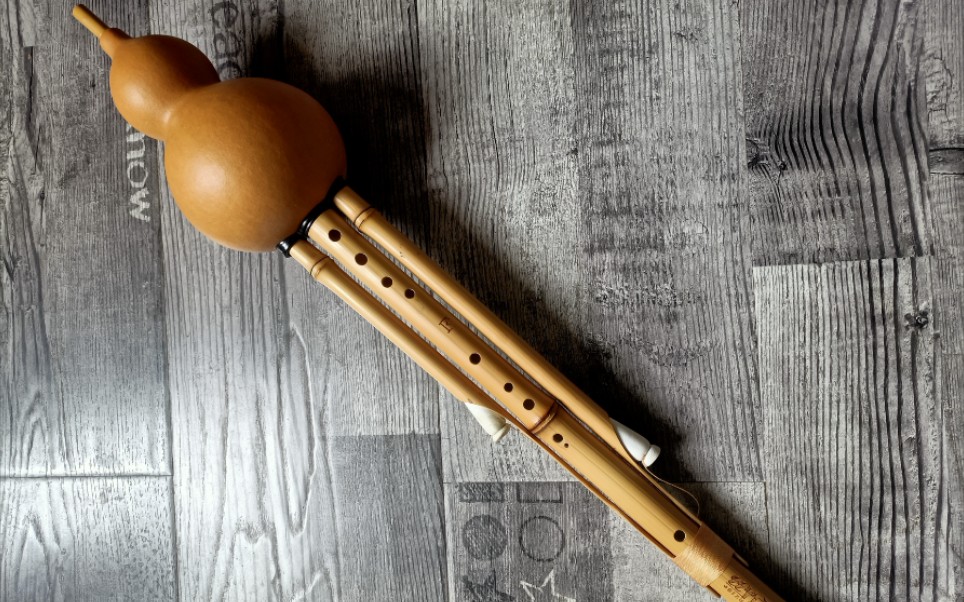What types of cucurbit silk are there? How to differentiate
What types of cucurbit silk are there? How to differentiate? Today, I will introduce the classification of cucurbit silk.

1. Pronunciation according to the attached pipe
Two-tone Hulusi - only the high-pitched pipe makes a single tone, and the other pipe only acts as an accessory.
Three-tone cucurbit flute - each of the two attached pipes emits a single tone.
2. According to the form of attached tube
Sound plug type - the monophonic attached tube is tightly plugged with a soft plug and pulled out when used. Traditional craftsmanship that has been gradually phased out.
Advantages: The sound hole with the pipe is normally closed. Disadvantages: You can only use the plug to unplug when the track is interluded, and the conversion is slow.
Press the hole type - the pronunciation of the monophonic pipe is controlled by the little finger of the upper hand or the thumb of the lower hand to control the opening and closing of the sound hole.
Advantages: It is convenient to cooperate with the supervisor in a timely manner, and the conversion is fast. Disadvantages: The sound hole with the pipe is always open, which affects the flexibility of the beginner's fingers.
3. Divide by pitch
It can be divided into super high-pitched cucurbit, treble cucurbit, sub-high-pitched cucurbit, alto cucurbit, tenor cucurbit, bass cucurbit, super bass cucurbit, etc. Common tones are: minor D, C, B flat, G, F.
4. Divide by range
Traditional Hulusi - The standard traditional Hulusi range is a perfect octave plus a perfect fourth, that is, it contains seventeen semitones, a total of nine full-hole tones. When the bass is 5 (so), it is pronounced from 3 (mi) to 6 (la) an octave higher, and the sound holes are arranged as 3 5 6 7 (bass group) 1 2 3 5 6 (treble group).
Amplified range Hulusi - is divided into two types: plus key and no key. On the same master the vocal range is widened to one octave and another five notes.
5. According to the disassembly form
Detachable hoist wire - both the main tube and the attached tube can be removed from the hoist, which is convenient for professionals to maintain, and it is also convenient for users to adjust the reed.
Non-removable cucurbit wire - the main pipe and the attached pipe are glued to the hoist, and non-professional maintenance personnel cannot disassemble it.
 渝公网安备 50010702504639号
渝公网安备 50010702504639号